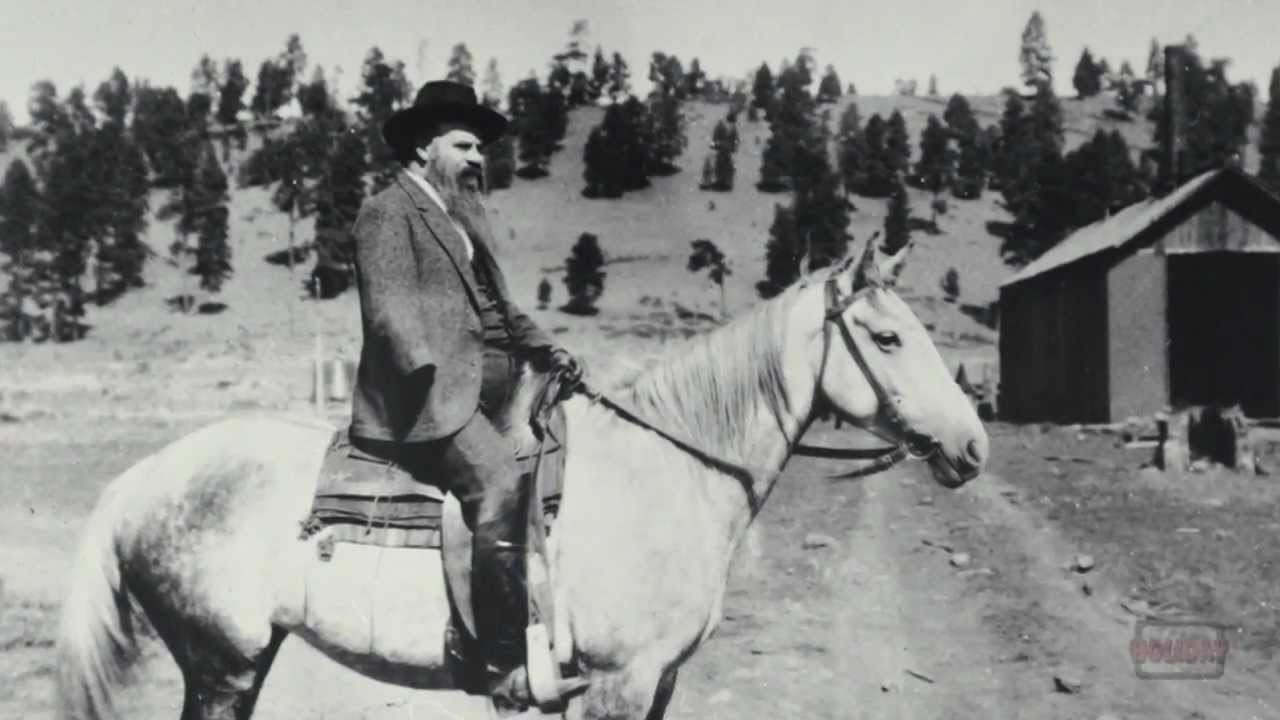A New Manifest Destiny: The West and Water
The image of the lone cowboy taming the wild frontier is as American as apple pie—and just as artificially sweetened. This romanticized vision of the rugged individualist conquering the West has long obscured a far less-sexy reality: the West was built not by lone wolves, but through collective effort and massive federal intervention. As we stand on the brink of a new frontier—one defined by water scarcity and climate change—it’s time to shed this myth once and for all.
The Myth Unraveled
From its inception, the American West required more than individual grit. Texas, often portrayed as the epitome of fierce independence, needed significant federal assistance to fend off Mexico and formidable Native American tribes such as the Comanche. The arid landscape posed water challenges that no single homesteader could overcome. The truth is, the West’s transformation has always been a story of collective action.
John Wesley Powell, a one-armed Civil War veteran, exposed this reality through his perilous Colorado River expeditions in 1869 and 1871. Navigating treacherous rapids in wooden boats, Powell and his team stared death in the face at every turn. Several men perished, but Powell’s survival led to his groundbreaking 1878 “Report on the Lands of the Arid Region.”

Powell’s findings shattered the myth of the self-sufficient farmer. He argued that the arid West demanded cooperation, not isolation. Irrigation projects, not lone homesteads, would make the desert bloom. His vision, though initially ignored, would prove prophetic.
Federal Power Reshapes the Land
The early 20th century saw Powell’s cooperative vision come to life through massive federal water projects. The Bureau of Reclamation built colossal dams like Hoover and extensive aqueduct networks, making seemingly impossible cities like Las Vegas and Phoenix not just possible, but thriving. These efforts turned California into an agricultural powerhouse, now producing half of the nation’s fruits and vegetables.
Yet by the 1970s, this approach reached its limits. The Bureau admitted no more large rivers, except in Alaska, could supply fresh water to western states. Droughts intensified, sparking fierce interstate and international disputes over water rights, particularly along the life-giving Colorado River.
The impact of water scarcity is profound and far-reaching. Combined with rugged terrain, it has left 30% of the Southwest uninhabited and undeveloped. These natural barriers restrict expansion and drive up housing costs in established areas, explaining the West’s generally higher real estate prices compared to the East. This scarcity also exacerbates social tensions, as wealthy coastal elites seeking second homes in quaint mountain towns outprice locals and alter the fabric of once-tight-knit communities.
A New Frontier Emerges
As we face ongoing water scarcity and the looming specter of climate change, the West’s history of federal intervention and collective action points the way forward. But this time, our frontier is not a physical landscape to be conquered, but a challenge to be overcome through innovation and sustainability.
Solar-powered desalination emerges as a promising solution, leveraging the West’s abundant sunlight to transform seawater into a valuable resource. This approach has become increasingly viable due to plummeting solar power costs. Casey Handmer paints a picture, imagine a solar-powered desalination plant near Yuma, Arizona, drawing seawater from the Gulf of California via pipeline, producing fresh water for irrigation and municipal use while potentially reviving the shrinking Salton Sea.
This isn’t just about water. The concentrated brine produced during desalination can be a source of valuable minerals, particularly lithium. The Salton Sea alone could potentially supply up to 40% of global lithium demand, crucial for electric vehicle batteries and renewable energy storage. This circular economy model turns waste into resource, transforming Imperial Valley into Lithium Valley.
Moreover, visionaries are proposing to integrate solar-powered desalination with large-scale reforestation efforts, tackling water scarcity and climate change simultaneously. Pilot projects, such as one in Hawaii where solar-powered desalination supports the restoration of a once-deforested area, demonstrate the potential of this integrated approach.
It’s worth noting that large-scale desalination is not a new concept. Middle Eastern countries, facing severe water scarcity, have long been at the forefront of desalination technology. However, their plants typically rely on fossil fuels, making them both expensive to operate and environmentally problematic. The innovation in the American West lies in combining desalination with renewable energy sources, particularly solar power.

A New Manifest Destiny
Innovative solutions like solar-powered desalination pave the way for reimagining the American West. Instead of a landscape dotted with a few wealthy coastal metropolises and scattered desert outposts, we could witness the rise of numerous lush, green, solar-punk cities. This new frontier promises not just abundant housing and economic opportunities, but a chance to breathe new life into the region, freeing people from the constraints of expensive coastal urban centers.
This vision offers a continuation of Manifest Destiny for the 21st century, finally fulfilling the dream of a truly inhabited America from coast to coast. However, this modern incarnation acknowledges a crucial truth: the challenges we face—water scarcity, climate change, housing shortages—are far too complex and interconnected for any individual to tackle alone. Instead, they demand the same spirit of cooperation and federal support that truly built the West in the first place.

As we stand on the brink of this potential transformation, two critical questions emerge:
- Can today’s federal government, often entangled in bureaucratic red tape, rise to meet this monumental challenge?
- Can we, as a nation, channel the pioneering spirit of our predecessors to once again transform the American landscape?
The answers to these questions will determine whether this new Manifest Destiny remains a dream or becomes our shared reality.